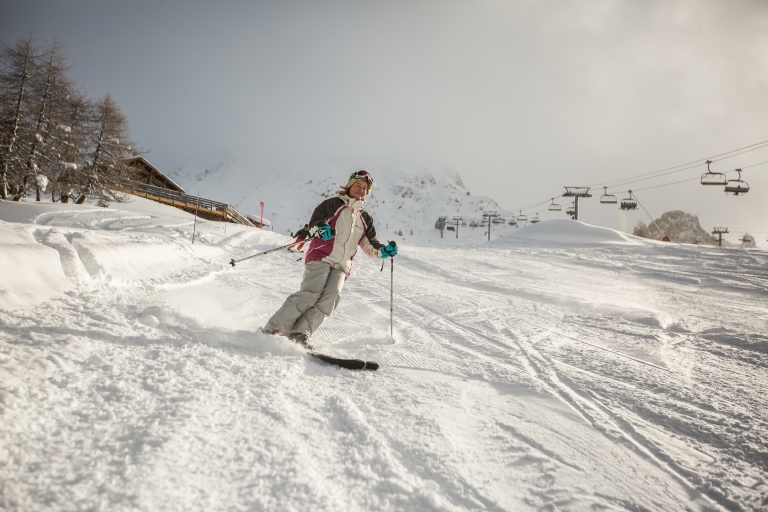How do Skiers Reduce Friction?
Friction is a force that all skiers are familiar with. In downhill skiing, as your skis push against the ice or snow, kinetic friction occurs which transfers some kinetic energy into thermal energy. Kinetic energy comes from the act of moving and pushing yourself down the slope; the thermal energy is the heat that exudes from where your skis and snow rub together. The more friction, the more heat you generate instead of speed, and the slower you go down the slope.
Skiers wax the bottom of their skis to reduce friction as they go down the slope. Hot wax which is applied to the entire ski, in particular, reduces the friction between the ski and the snow, which means you can go faster down the slope. Wax is a cheap and effective way to improve your speed!





